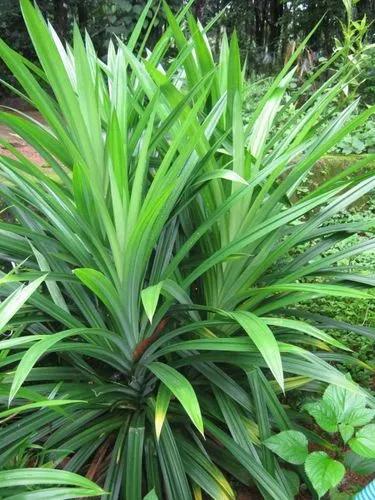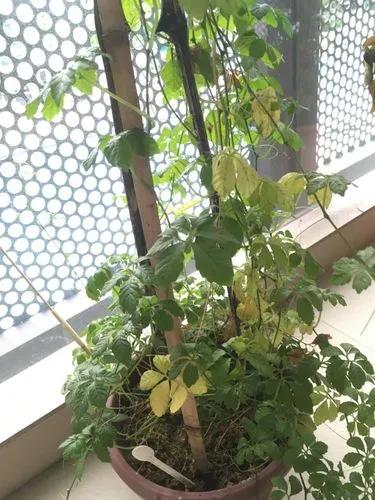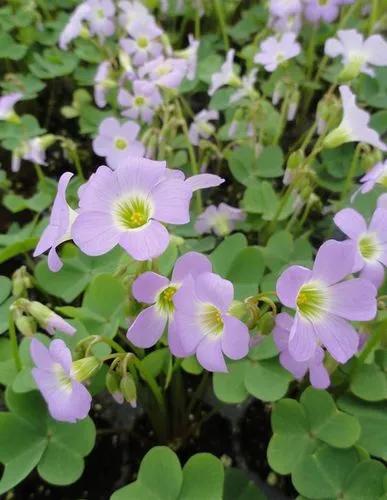The English Ivy Hedera helix, care as a houseplant is not difficult for those just starting out or seasoned indoor plant veterans.English ivy the common name for Hedera helix is probably one of the most durable of all houseplants, but care must be taken with watering.ike many ivies, the English ivy does not like drying out for long periods of time. On the flipside, they also don’t like over-watering.During the active growing season, when Hedera helix is growing in a pot, they do like a regular diet of a liquid feed fertilizer like Miracle Grow, about every 3rd watering.For best results, use a well-drained soil designed for houseplants. An English green ivy plant can be an active grower and can require frequent repotting.
Nepal Ivy Care
Hedera Nepalensis



How to Care for the Plant

Water

It prefers moist or wet soil and can tolerate drought.

Sunlight

Tolerates very dense shade, though it may not flower in such a position

Soil

Ivy is a very easily grown plant that dislikes waterlogged, very dry or very acid soils but otherwise succeeds in all soil types. It grows well in heavy clay soils. Prefers some lime in the soil.

Temperature

This species is not hardy in all parts of Britain, tolerating temperatures down to about -5 to -10°c

Additional

Although no specific mention has been seen for this species, the following notes are for the closely related Hedera helix and quite possibly are relavent here[K]. The plant is said to be poisonous in large doses although the leaves are eaten with impunity by various mammals without any noticeable harmful affects. The leaves and fruits contain the saponic glycoside hederagenin which, if ingested, can cause breathing difficulties and coma[274]. The sap can cause dermatitis with blistering and inflammation. This is apparently due to the presence of polyacetylene compounds

Popularity

36 people already have this plant 3 people have added this plant to their wishlists
Discover more plants with the list below
Popular articles






